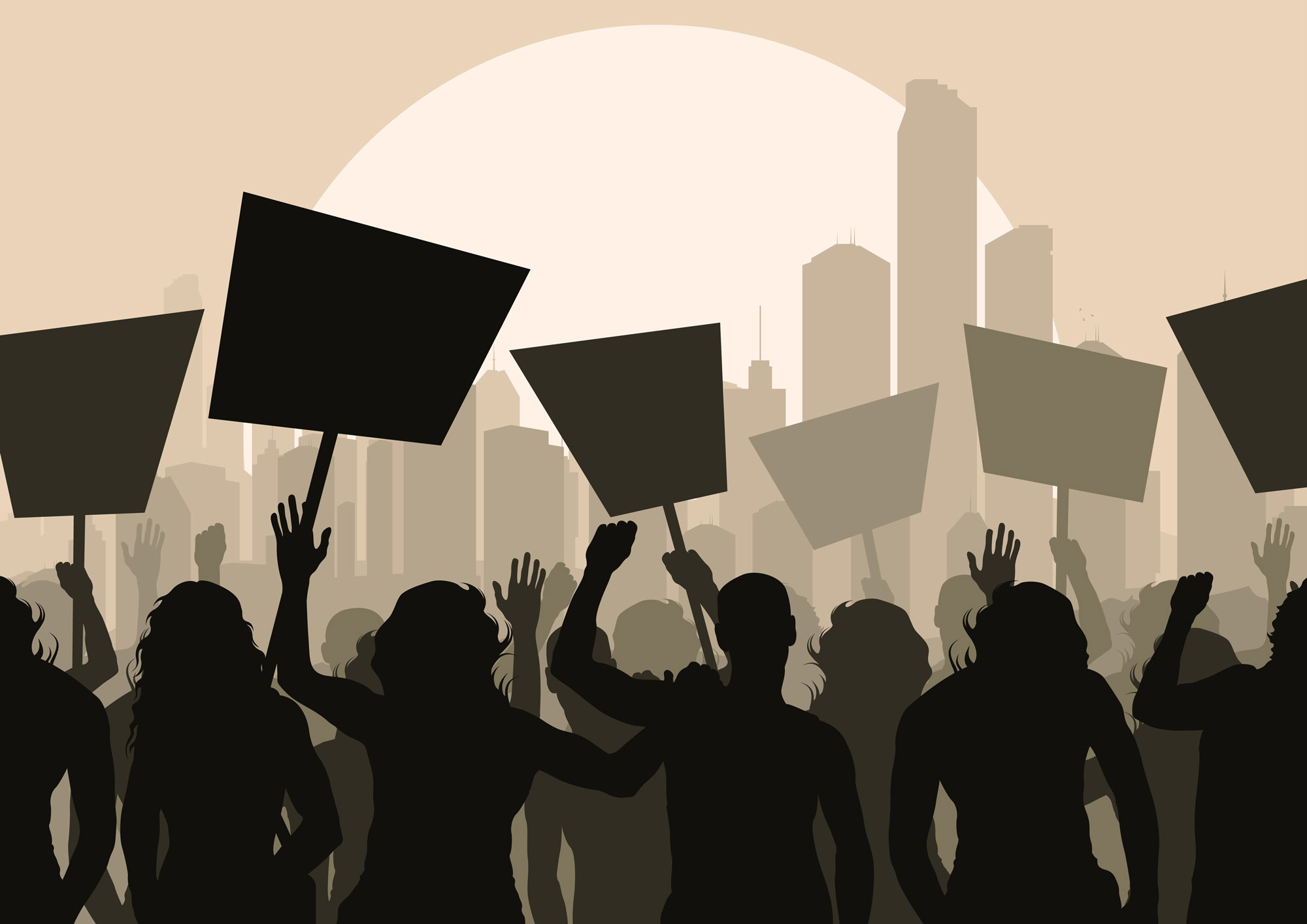Well, I was going to write about lessons learned from the pandemic lockdown this week, but in the space of just a few days, it feels like the country has exploded on the heels of George Floyd’s death caused by Minneapolis police officers. This tragic event has triggered decades of simmering anger, and when cities are burning, it seems like the usual issues we talk about are not that important. I mean, what does positive leadership have to offer us in the face of systemic racism? Actually, A LOT. And, that’s what we’re going to dive into today.
Before we do that, I want to make a few things very clear. I am shaken to my core by the killing of George Floyd in broad daylight by people who are supposed to protect ALL of us. I can understand and sympathize with the outrage it has caused. However, I am also absolutely opposed to the violence that has ensued. Nothing justifies this behavior. Nothing. This is America, and the right to protest is a fundamental aspect of our democracy. If people want to protest, have at it. But, do it peacefully. Additionally, while I fully condemn the actions of those police officers in Minneapolis, I also generally support the police and believe they do more good than harm.
What I am saying here is that this situation and how we address racism in this country isn’t an either-or proposition. It’s possible to condemn the specific officers who killed George Floyd and still support the police. It’s possible to condemn violent rioting and condone peaceful protests. Instead of getting stuck in the deep ruts that have divided us for years, it’s still possible to work across them and find a way forward.
With that in mind, let’s look at what’s happened and is happening through the lens of positive leadership. According to renowned positive organizational researcher, Kim Cameron, there are three primary elements to positive leadership:
1. Extraordinary Performance: engaging in deliberate behaviors that set individuals and organizations apart to become extraordinary in what they do.
2. A Strengths-Based Approach: focusing on nurturing strengths and what’s going well.
3. Doing What’s Right…because It’s the right thing to do.
Now, by any measure, I think it’s safe to say that leadership at the Minneapolis Police Department (MPD) does not pass the sniff test on any of these. The officers who held down George Floyd and watched him die were certainly not exhibiting extraordinary performance in their duties, and they were definitely NOT doing what was right. In fact, their choices during this incident were the exact opposite of what positive leadership is all about. Imagine, instead, if the MPD leadership had chosen to lead with the three positive leadership elements out front and center…
To be clear, the MPD chief immediately fired all the officers involved in the death of George Floyd, and openly declared them to be at fault. He has also been a champion for fighting injustices. Indeed, he and four other African American officers sued the MPD for discrimination back in 2007. But we are still left to wonder how things might have been different if he had chosen to be a positive leader in the department.
Perhaps the MPD would have more police officers who do the right thing and perform at an extraordinary level—going above and beyond to live up to the MPD’s motto, “To Protect with Courage, To Serve with Compassion.” And, if the leadership chose to develop individual strengths in their police force, perhaps the officers who killed George Floyd wouldn’t even have been out on the streets. Let’s face it, clearly, their strengths were not in community relations, and they definitely weren’t protecting with courage or serving with compassion.
Of course, the George Floyd situation is just one of numerous incidents of systemic racism over the years—none of which are acceptable. Certainly, we need more diversity, equity, and inclusion, and positive leadership alone can’t solve this ingrained problem. But it can help.
It starts with leaders who are committed to cultivating excellence, strengths, and doing what’s right. It grows as more organizations—whether police departments, corporations, non-profits, or government agencies—commit to cultivating a culture that eats, breathes, and sleeps positive and virtuous behavior.
Undoubtedly, there are MPD police officers who live up to their department motto and who do good. They can infuse positive behavior across the department, but they can’t change the culture without clear and consistent support from leadership. That’s where it all starts: with the leader. Without positive leadership flowing from the top and throughout the whole organization, we’ll never weed out the negativity.
So, as you’re thinking about how you lead this week, consider how your actions influence your teams and organizations. What do you want your culture to be? How are you going to make sure that it becomes a true way of life, not just a motto that some people honor while others trample it underfoot?
What happened with George Floyd underscores more than ever why we need positive leadership in all aspects of our society.
So, thank you for being a positive leader. Thank you for infusing positive and virtuous behavior to your organizations. Now, what else can you do to make sure that positive leadership becomes contagious and benefits those who need it the most?
If you want to share how you’re using positive leadership to do good or have questions on this topic, write to me at [email protected].






0 Comments